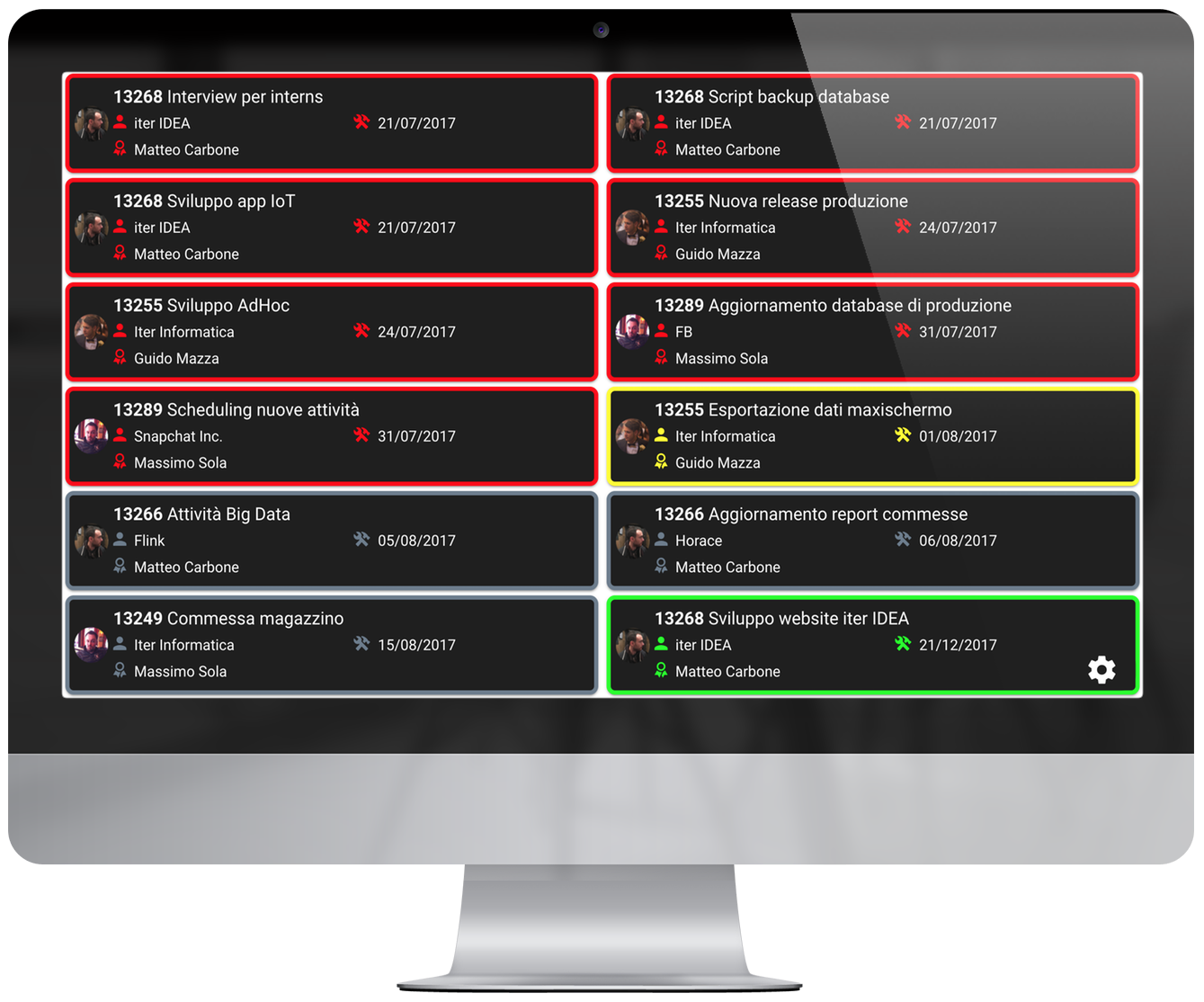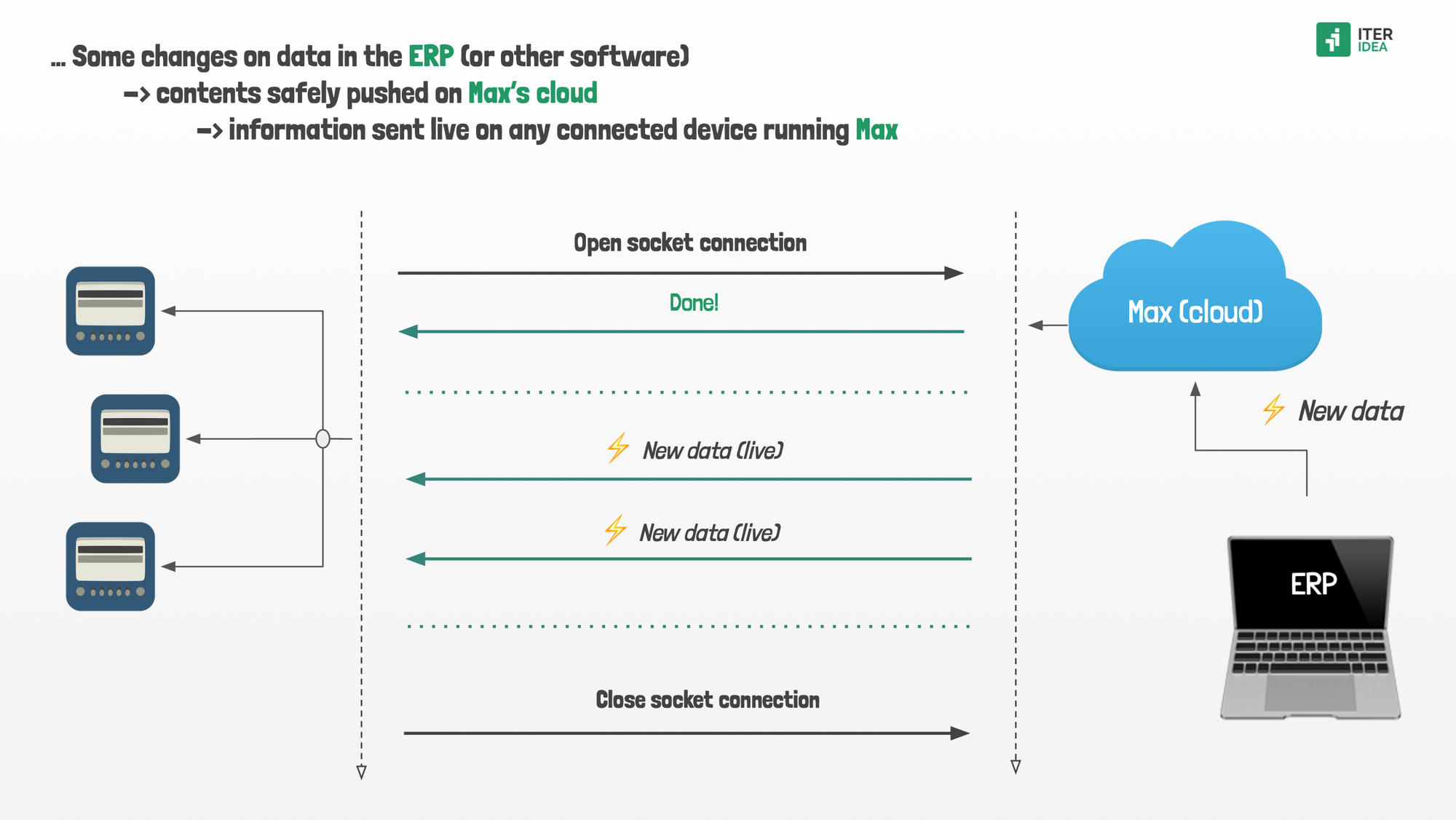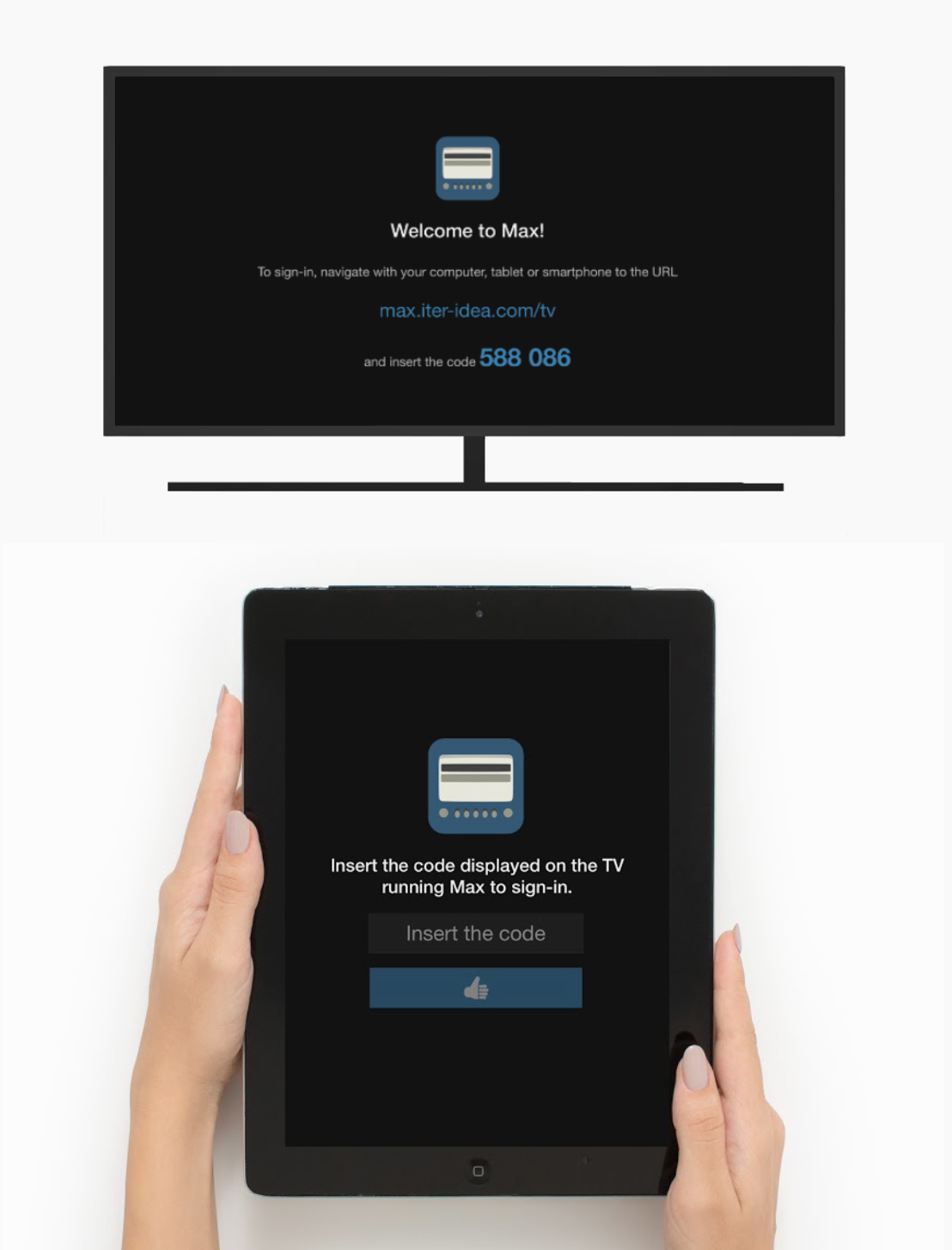One of our most basic (yet interesting!) projects is Max: a live dashboard of your important data, to display on any devices, from smartphones to TVs.
When we first designed the service, we had a specific target device in mind: the Chromebit. This tiny computer (running ChromeOS) can be plugged via HDMI to any monitor or television, enabling Max to come to life. In fact, it’s on this kind of big displays that our service gives its best in different scenarios: warehouses (production lists, orders lists), offices (task lists, tickets), etc.

Unfortunately, Google recently declared the end of the support for the device, forcing us to rethink some parts of the service, as well as the distributor (previously, the Chrome Web Store). Considering the rising of Android TV devices, the choice was straightforward; there are many compatible TVs right out of the factory, and you always have the option of a cheap “HDMI stick” (similarly to the Chromebit) running this particular customisation of Android.

While we re-engineered some of Max’s functionalities to work with Android TV and its characteristic D-pad remote control, we took the chance to try an interesting technology offered (since early 2019) by the Amazon Web Services:
web socket APIs.
Compared to regular HTTP requests, socket connections (and consequent requests) are much more suitable to the use case of Max: a continuous exchange of information to always have the latest data available to display, live. Other examples of application using socket-like connections are chats, collaborative editing apps (e.g. Google Docs), online games, etc.
With the new model, when a piece of data is generated on the ERP (or other software) and pushed to Max's cloud, the generated information is automatically distributed, live, to any device running the app, through a secure socket connection.

Thanks to the renewed architecture, we were able to create a simplified version of the sign-in flow in Max. Similarly to what happens with other TV apps (e.g. Netflix, Disney+, etc.), it's now possible to securely login through a special code displayed on the TV running Max, avoiding the insertion of (hopefully) long passwords through the TV remote.

Of course, this upgrade doesn't affect the usual service capabilities in terms of User Interface customisation; colours, icons, positions, sizes, borders, avatars, logos, etc.: you can still define every aspect of your data is displayed.
Finally, although it gives its best on large screens, the app keeps working fine on a wide lineup of devices, regardless of the screen size:
Max is always ready to display your important information, anywhere!

Curious enough to know more? Contact us!








